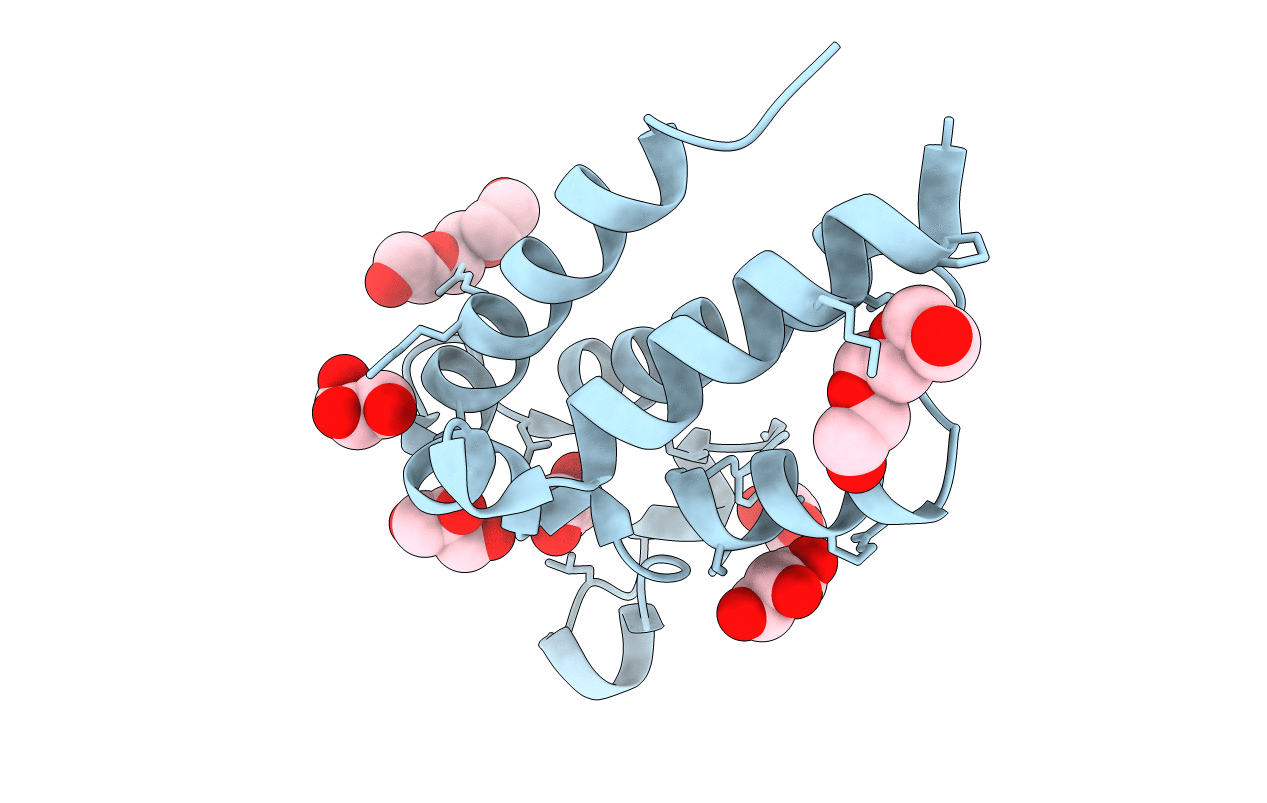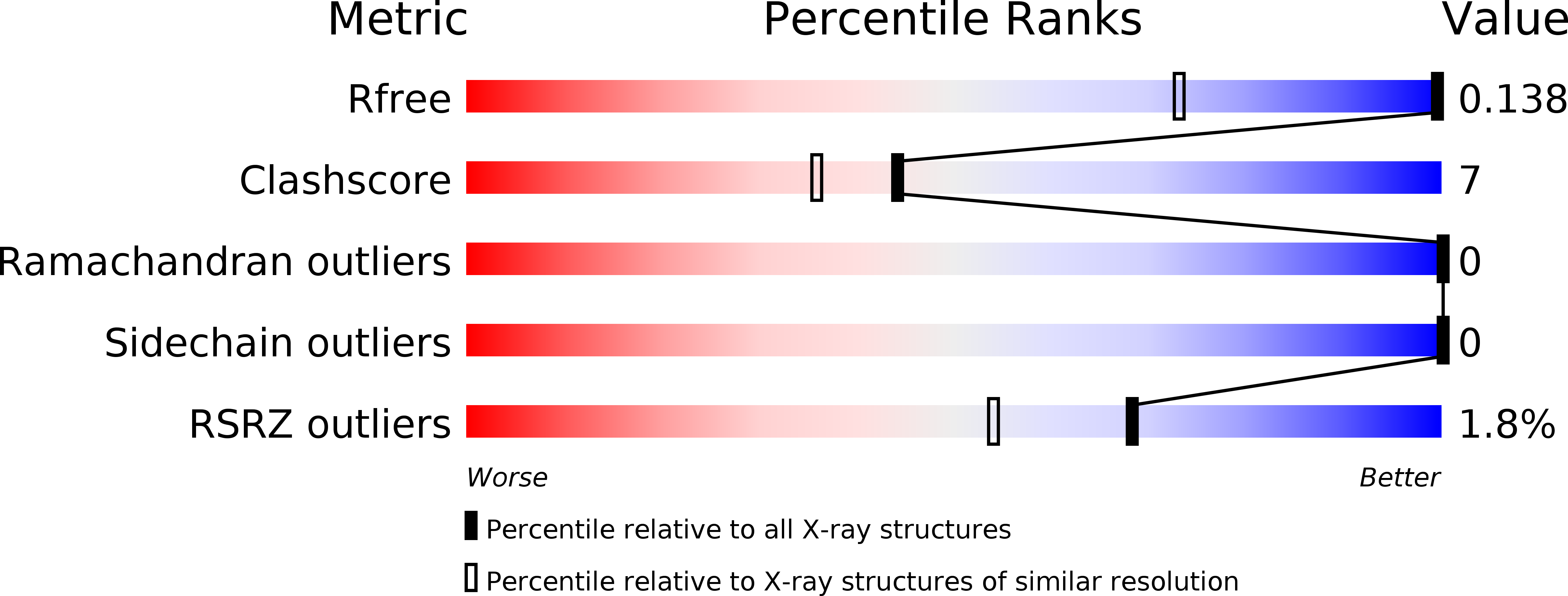
Deposition Date
2016-02-22
Release Date
2016-06-22
Last Version Date
2023-11-08
Entry Detail
PDB ID:
5IBN
Keywords:
Title:
Ultra high resolution crystal structure of the apo- form of second bromodomain of BRD2.
Biological Source:
Source Organism:
Homo sapiens (Taxon ID: 9606)
Host Organism:
Method Details:
Experimental Method:
Resolution:
0.94 Å
R-Value Free:
0.14
R-Value Work:
0.12
R-Value Observed:
0.12
Space Group:
P 2 21 21


